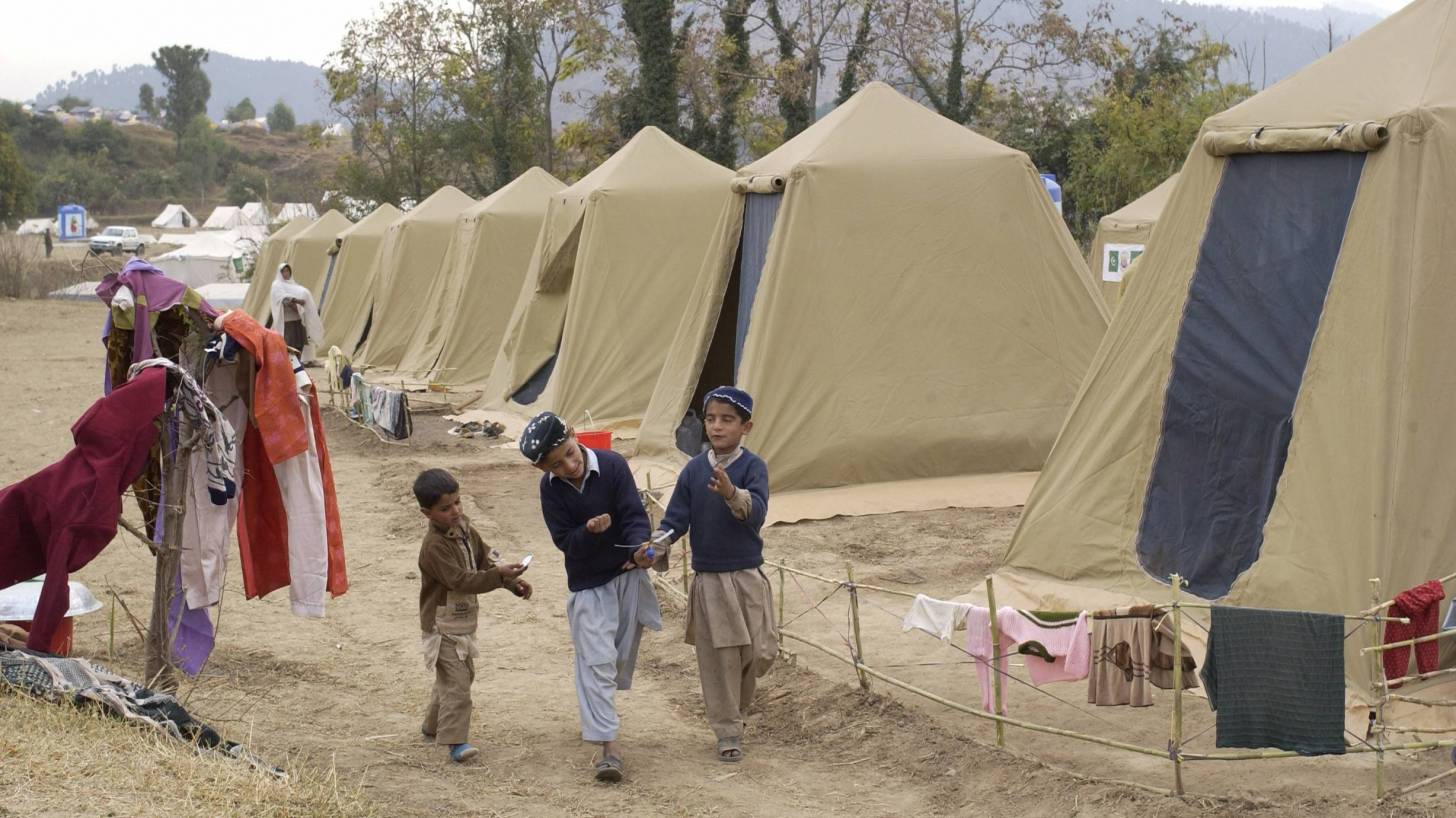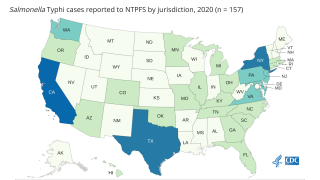Vaccines, Not Antibiotics, May Eradicate Typhoid Fever

The decline in typhoid fever mortality rates has stagnated around the world, even in countries with access to clean water.
We could once again start to see a resurgence of this disease, says Seth Berkley, M.D., CEO of Gavi, the Vaccine Alliance.
Blame it on growing resistance of the bacteria that cause the disease, Salmonella typhi, to antibiotics. It’s part of the growing problem known as antimicrobial resistance.
Until relatively recently, antibiotics were a major part of the solution in the fight against typhoid fever.
Their introduction dramatically reduced the death rate from one in every five cases to one death in a hundred cases.
But, through the widespread overuse and misuse of antibiotics, the typhoid-causing pathogen has developed resistance to multiple drugs. It is now one of biggest drivers of all drug resistance in Southeast Asia and probably in other regions as well.
Not only does this mean that we could see the number of deaths from typhoid fever once again start to rise, but it also has implications for the spread of other drug-resistant pathogens, posing major regional and transcontinental threats.
As an example, in Pakistan, antibiotic resistance is increasing by 30 percent per year.
If this trend continues, by 2020 all cases of typhoid in Pakistan would be resistant to antibiotics.
Compounding the issue is the fact that typhoid can be difficult to diagnose.
Symptoms often get mistaken for other febrile diseases, such as malaria, leading to the wrong drugs being administered.
The solution to this problem is to prevent typhoid fever before it starts.
With an estimated 50 million doses of antibiotics prescribed for typhoid every year, the solution is simple:
- prevent the disease in the first place through vaccination, and
- continued improvements in water and sanitation.
But even though a typhoid vaccine has been available for more than a century, and even though typhoid vaccination has been recommended by the World Health Organization for endemic countries since 1999, the existing vaccine is not a great one and its use has been extremely limited amongst high-risk populations.
That should and must change now that a new vaccine will soon be available.
The typhoid conjugate vaccine (TCV) differs from previous ones in several ways.
One is that it is more effective at preventing the disease than its predecessors. It is also longer lasting, providing protection for at least five years, and possibly longer, compared to just two years for earlier typhoid vaccines.
Perhaps most important, it is also the first vaccine that can be given to children under the age of 2.
That alone makes the TCV vaccine a game-changer.
About 8 percent of all typhoid deaths occur in children under age 2.
Given that there are around 12 million typhoid fever cases globally a year, resulting in up to 130,000 deaths, the proportion of deaths under age 2 alone works out as more than the entire death toll of the recent Ebola epidemic in West Africa.
All of this makes TCV one of the most widely anticipated vaccines for years.
With several other TCVs in development, the first is expected to be pre-qualified by the WHO before the end of the year, meaning it has been assessed in terms quality, safety, and efficacy, and also approved to be made available through United Nations agencies, such as UNICEF.
The Gavi board voted Thursday to initially provide $85 million to help roll out the vaccine over the next few years.
The original article was written by Seth Berkley, M.D., CEO of Gavi, the Vaccine Alliance.
Our Trust Standards: Medical Advisory Committee

























